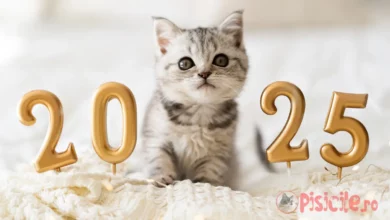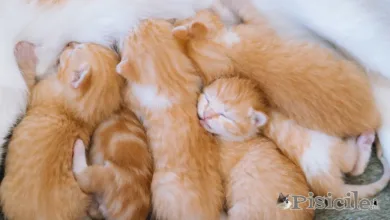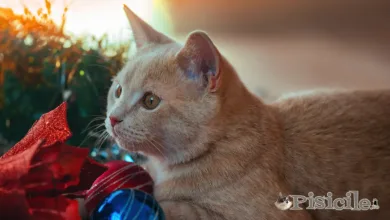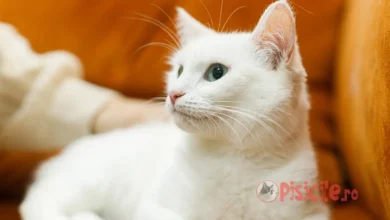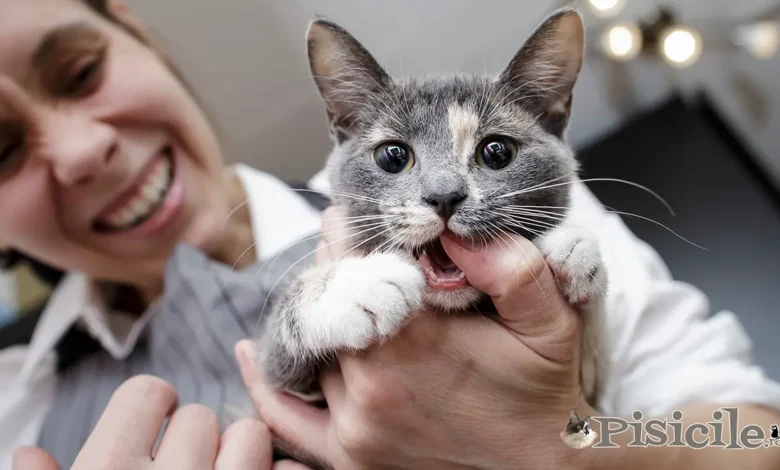
Scaling in cats is a less well-known procedure, with very few feline owners resorting to this dental treatment. Scaling, the procedure that removes tartar and bacterial plaque, is necessary to prevent dental disease and other oral health conditions.
In a few previous articles we talked about how important the dental health of the cat is and what are the health problems that the lack of oral hygiene can cause. From simple conditions to more complicated conditions, such as: periodontal disease in cats, gingivitis or stomatitis, can be based on dental hygiene.
Subject
What is descaling?
Performed especially on humans, scaling is a medical procedure used to remove tartar from the surface of the teeth. Tartar is a mineralized buildup of bacterial plaque that has deposited on the teeth over time. These bacterial plaques are made up of food debris, bacteria and saliva. When these plaques are not removed by regular brushing, they can mineralize and form tartar, a hard, colorless substance that can accumulate especially in the gum area.
Scaling in cats. When it is done and what it involves.
As with humans, scaling in cats is a dental procedure that involves removing tartar and bacterial plaque from the animal's teeth. As mentioned above, by removing tartar and bacterial plaque from the cat's teeth, a number of conditions such as gingivitis or periodontitis can be prevented.
If in the case of humans descaling is a simple procedure, done at the dentist, in the case of cats it is a little more complicated. Scaling in cats is usually performed under general anesthesia. The vet will use a special tool to remove tartar and plaque from the teeth. In some cases, your vet may also use a laser to remove tartar.
Scaling in cats is important to prevent dental diseases such as gingivitis, periodontitis and tooth loss. Gingivitis is an inflammation of the gums that can lead to receding gums and exposing tooth roots. Periodontitis is a more serious condition that can lead to loss of alveolar bone, which supports the teeth. Tooth loss can naturally lead to eating and other health problems.
Also read:
- Periodontal disease in cats. Causes, symptoms and treatment.
- Gingivitis in cats. Causes, Symptoms and Treatment
- Why does the cat's mouth smell bad? Causes and Treatment
- Stomatitis in cats. Inflammation of the mucous membrane in the oral cavity.
- Dental resorption in cats
When is scaling recommended for cats?
Normally, for good dental health, scaling should be done at least every 12 months, but it is not recommended for all cats. Taking into account the fact that the process of removing tartar in most cases also involves a general anesthesia of the cat, it also comes with major risks. The veterinarian will examine the cat's general health to determine if it is eligible for anesthesia and scaling.
Some cats may have pre-existing conditions that may affect the choice of anesthesia or procedure.
How to prevent tartar build-up on cat teeth?
Preventing tartar build-up on your cat's teeth involves adopting a regular set of measures to maintain proper oral hygiene. Here are some tips that can help prevent tartar build-up in cats:
1. Adequate food and dry food.
A balanced diet and quality food can help maintain dental health. There are even special tartar control foods that can help prevent plaque build-up. Also, dry cat food can be more beneficial for tartar control than wet cat food, as chewing the pellets helps clean the teeth.
2. Gels or solutions for dental hygiene.
There are gels and special solutions for dental hygiene in cats at veterinary pharmacies and petshops, which can be added to the drinking water or applied directly to the teeth. The substances in these gels help prevent the formation of bacterial plaque and tartar.
3. Tooth brushing.
Learn to brush your cat's teeth. Use a special pet toothbrush and cat toothpaste, which can be purchased from your veterinarian. Start gradually and make it a regular routine.
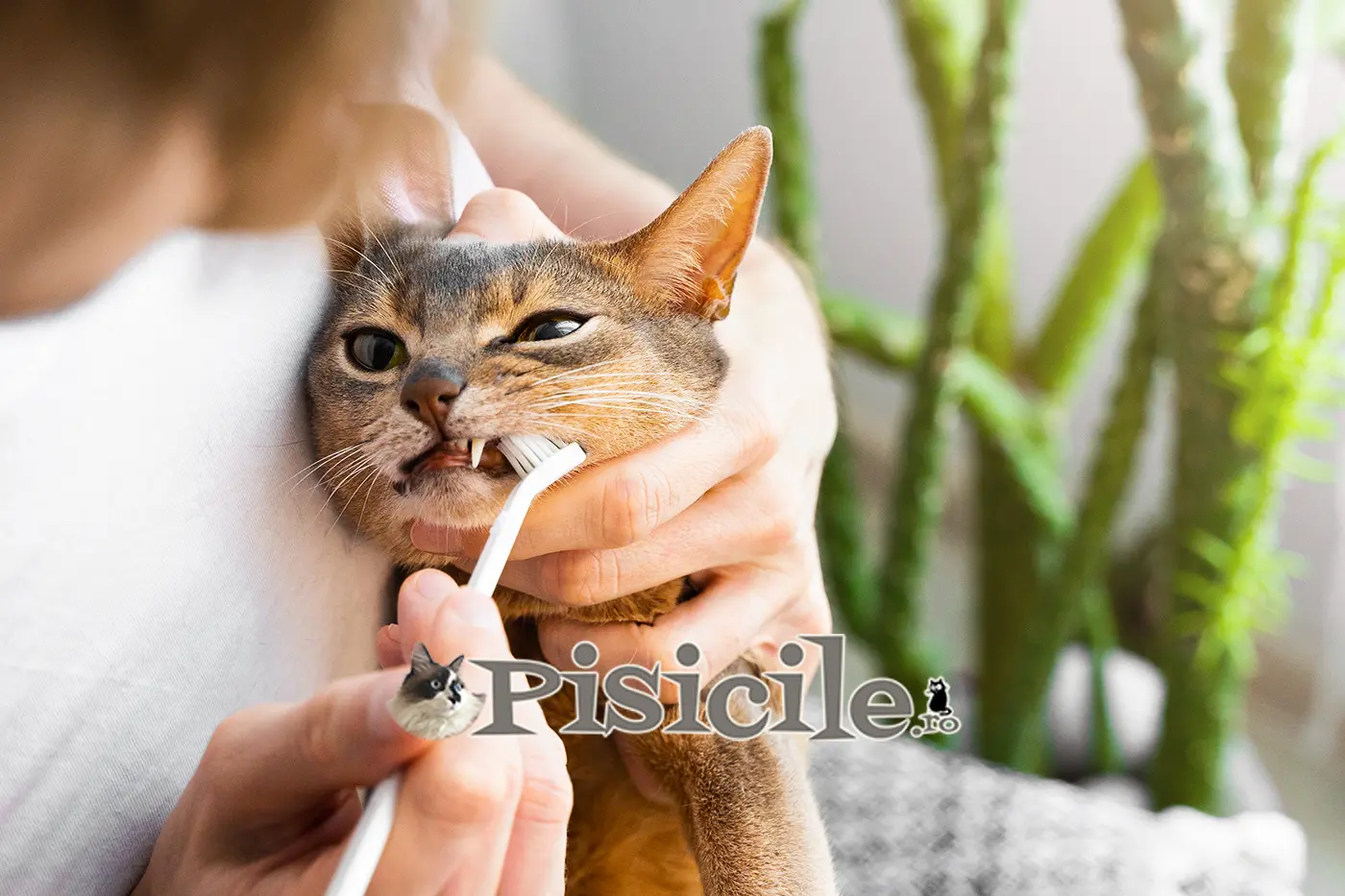
In conclusion, maintaining good oral hygiene can contribute to your cat's overall health and prevent painful or potentially serious dental problems.
